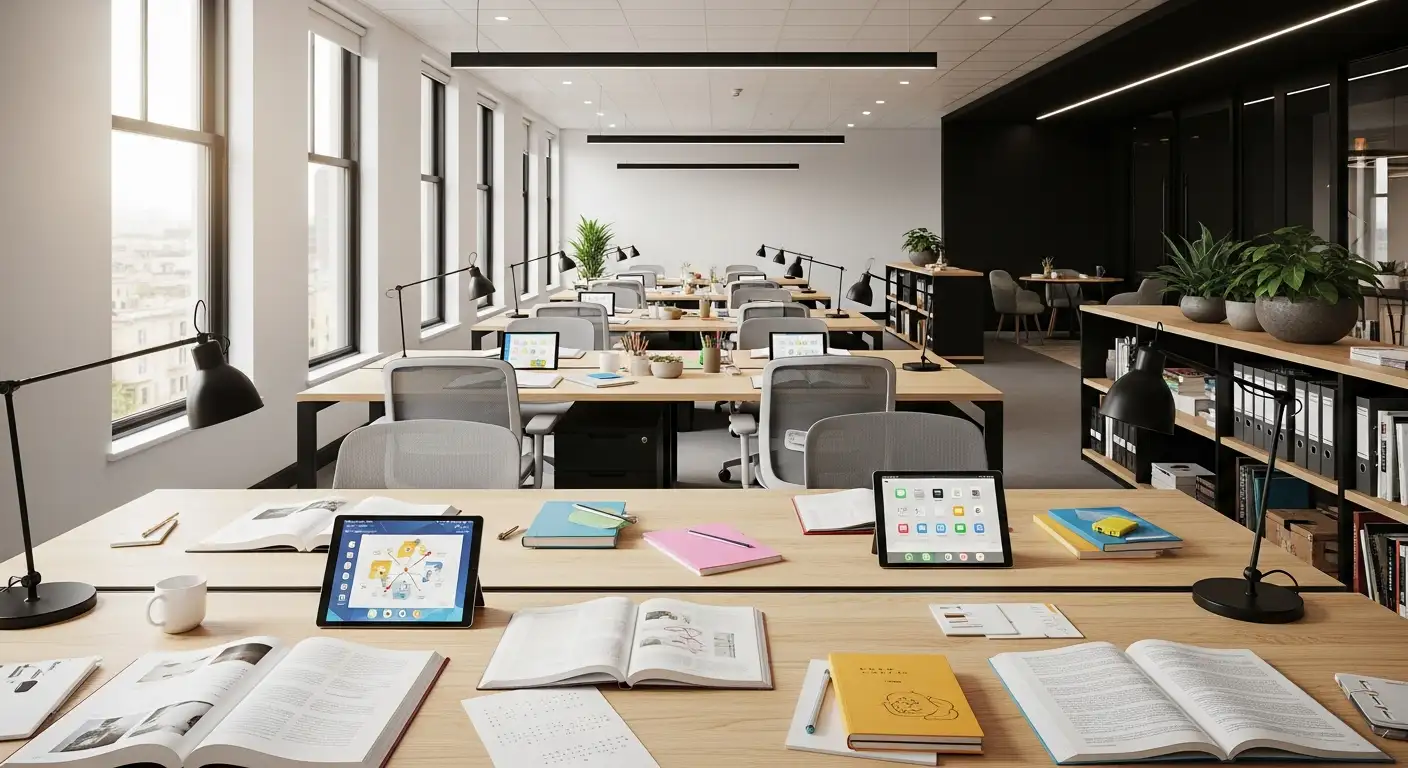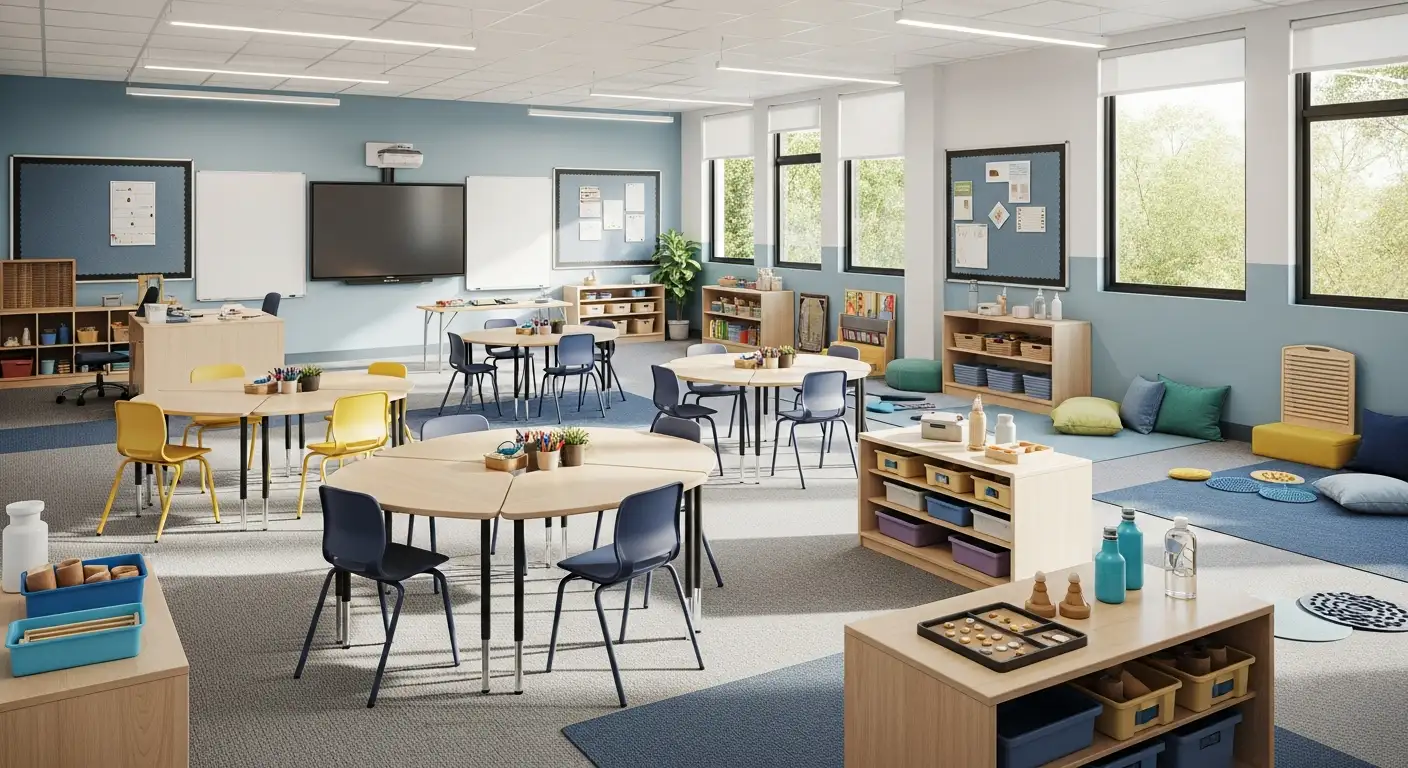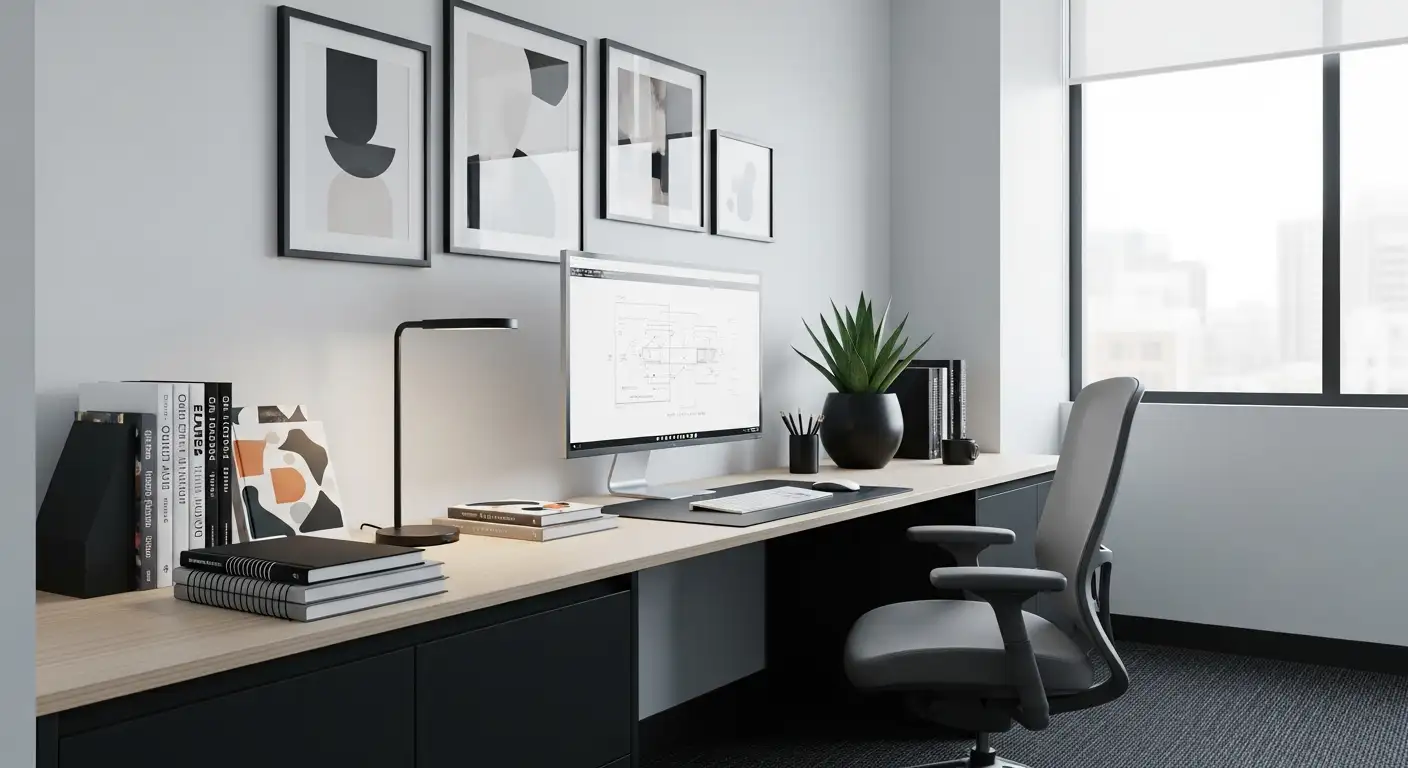Understanding First-Then Boards in ABA Therapy
First-then boards are visual tools integral to early Applied Behavior Analysis (ABA) therapy, designed to motivate children and foster independence through structured routines. By providing clear, visual sequences of activities, these boards help children understand what is expected of them and what will follow, especially when managing less preferred tasks.
What Are First-Then Boards and Their Functions in Early ABA
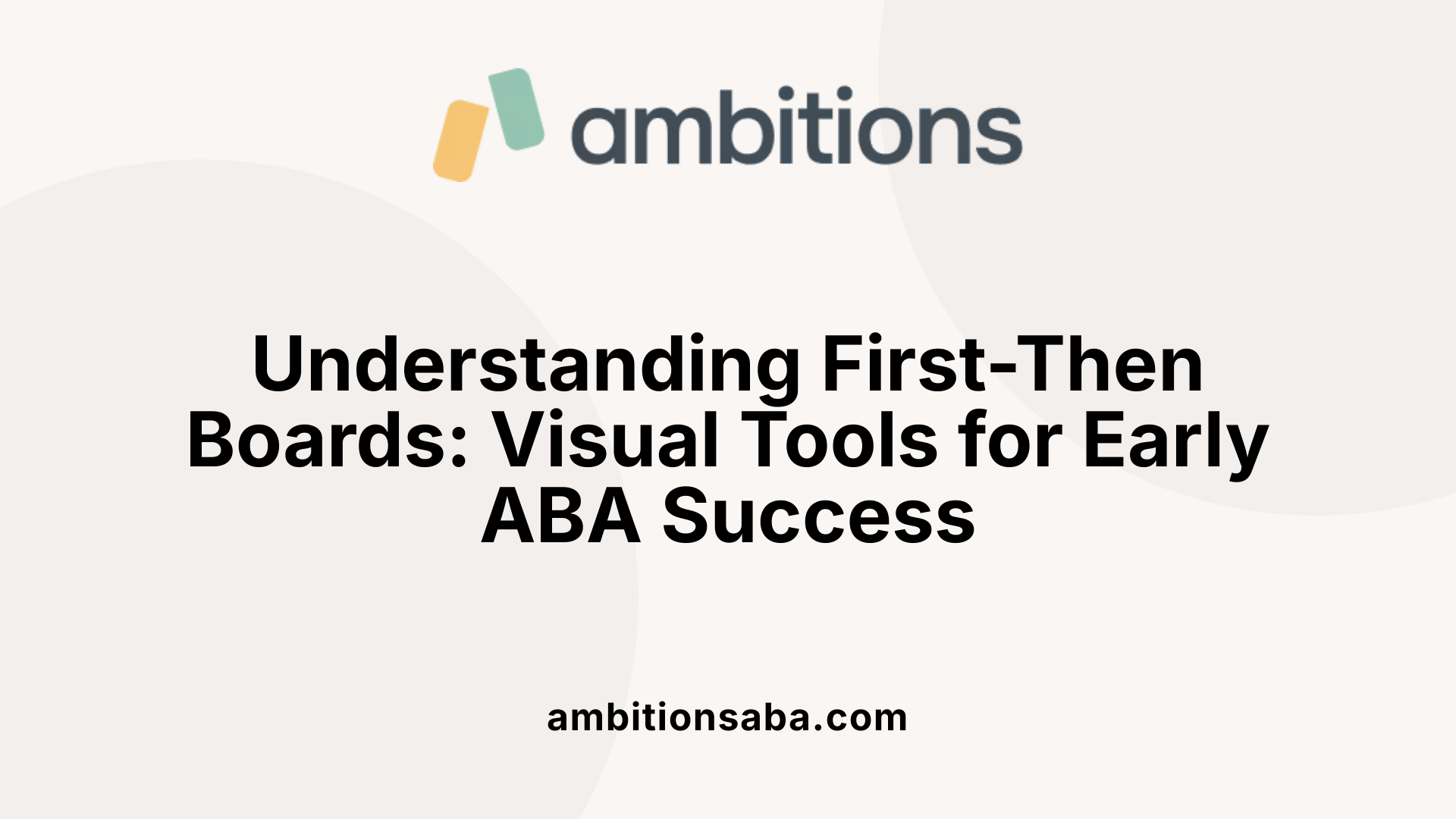
What are first-then boards and how are they used in early ABA therapy?
First-then boards are visual tools designed to help children understand the order of activities by visually displaying what they need to do first and what will happen afterward. These boards typically include symbols, pictures, or words that clearly depict the sequence. In early Applied Behavior Analysis (ABA) therapy, they are used to increase motivation and promote independence.
The primary purpose of a first-then board is to pair a less preferred or challenging activity with a more preferred one, based on the Premack Principle, which states that a child is more likely to complete a less desirable task if it leads to a desired activity. For example, a child might be shown a picture of cleaning up (first), followed by playing with a favorite toy or engaging in a preferred activity (then).
In usage, therapists and caregivers involve the child in selecting activities, match tasks to the child's ability level, and present the sequence visually—often with icons, photographs, or simple drawings. They reinforce understanding by pointing to the visuals and verbally labeling them, such as saying, “First clean up, then play.”
Immediate access to the preferred activity after completing the initial task helps to motivate the child and create a predictable routine. This structure not only encourages task completion but also reduces the need for verbal prompts and negotiations, supporting the child's sense of control.
By consistently applying first-then boards, children learn expectations and develop greater independence in managing daily routines and transitions. These visual supports are adaptable and versatile, tailored to individual needs, and serve as an effective foundation for fostering positive behavioral engagement in early ABA therapy.
Implementing First-Then Boards in ABA Therapy
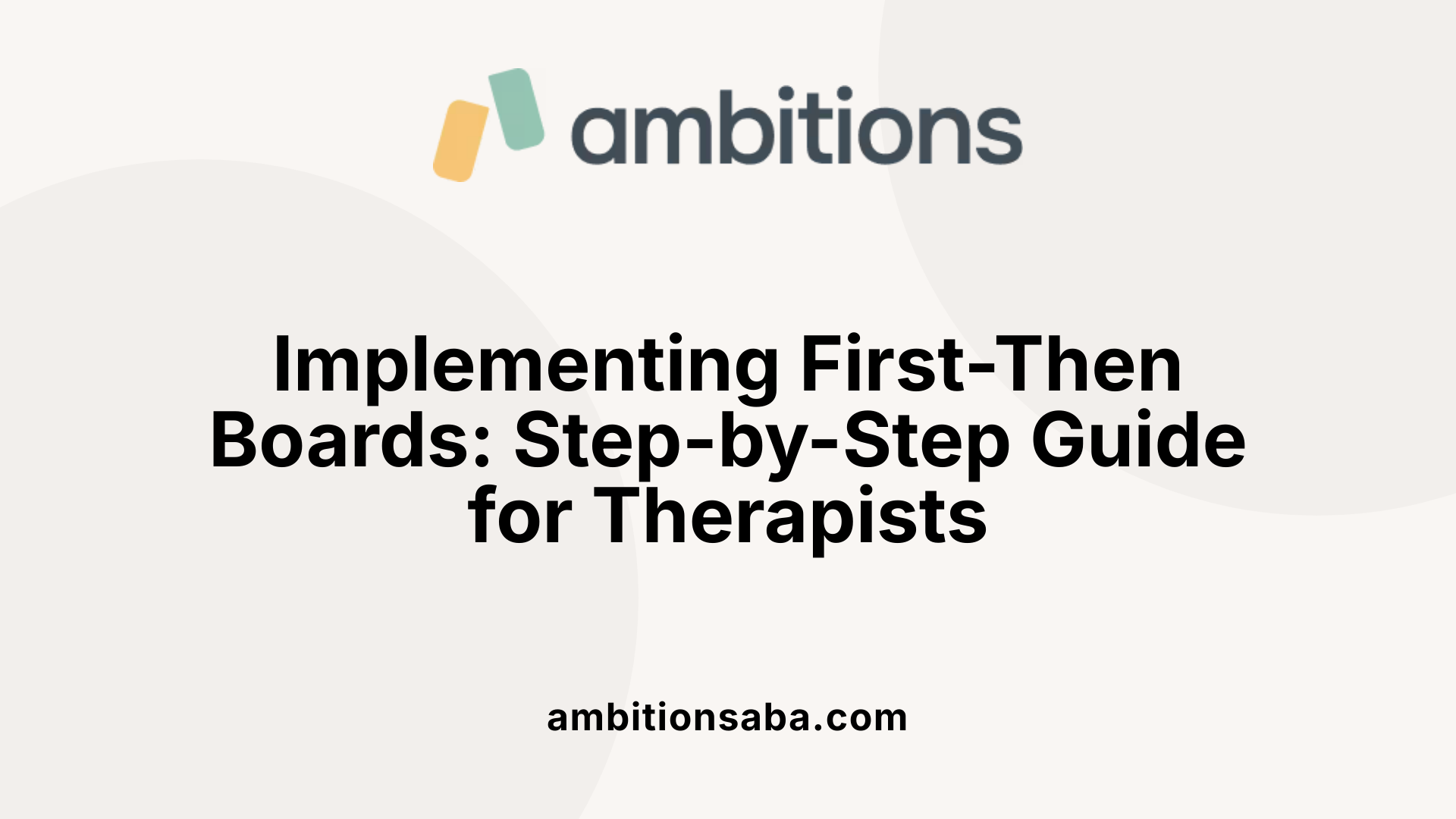
How do you implement first-then boards in ABA therapy?
Implementing first-then boards in ABA therapy starts with creating a visual schedule that clearly shows what needs to be done first and what follows next. This schedule typically uses simple pictures, objects, or words to represent each activity. The clinician introduces the board by explaining the sequence, pointing to each visual cue, and using consistent verbal prompts like “First we do this, then we do that.”
The main goal is to motivate children by linking less preferred tasks with highly preferred activities that come immediately afterward. During sessions, therapists frequently refer to the board, guiding children through the steps, and helping them understand what is expected.
To promote success, the preferred activity should be accessible immediately after completing the initial task. As children become more familiar with the sequence, prompts are gradually faded, encouraging independence. This method not only builds motivation but also helps children understand routines, improve task completion, and transition smoothly between activities.
Effective Strategies for Using First-Then Boards
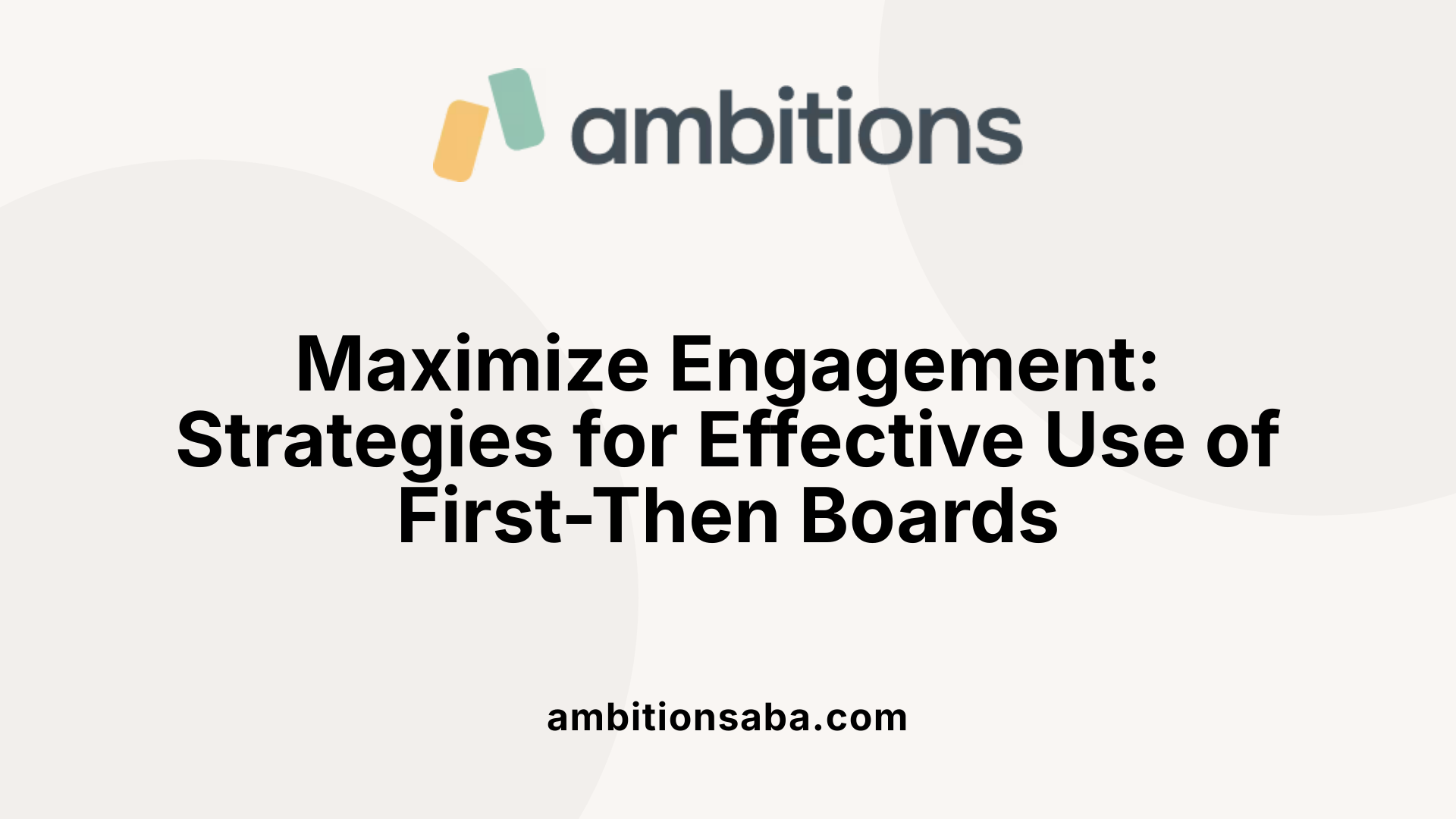
Selecting motivating activities
A crucial aspect of using first-then boards effectively is choosing activities that truly motivate the child. The preferred activity should serve as a reinforcer, providing a strong incentive for the child to complete a less preferred task. It is essential to match activities to the child's abilities and preferences, which can be identified through observation or direct input from the child or caregivers.
The preferred activity should be immediately accessible after the completion of the initial task to maintain motivation. Additionally, the duration of the preferred activity should be shorter than the non-preferred activity to ensure the child's ability to complete the task with success. Visual supports like photographs, icons, or objects can be used to clearly depict each activity, making the sequence easy to understand.
Visual presentation and consistency
Presenting the sequence visually, using simple and consistent cues, is vital for helping children understand expectations. Visual tools such as pictures, icons, or objects should be arranged neatly on the board, and the same format should be used consistently across sessions. This approach helps reduce verbal prompts and reliance on prompts, fostering independent use.
When showing the sequence, caregivers and teachers should point to each visual cue while verbalizing the sequence, for example, 'First (activity), then (activity).' Repeating these instructions ensures clarity. The use of a visual schedule, including a first-then board, can be paired with reinforcers to further motivate and clarify routines.
Prompt fading and increasing independence
Initially, prompts such as pointing to the visuals or providing verbal cues are helpful. Over time, these prompts should be gradually faded to promote independence. As the child becomes more comfortable, they can learn to use the visual cues independently, which enhances self-management skills.
Another strategy to encourage independence is to have multiple visual supports readily accessible, so the child can choose or recognize their next activity with minimal assistance. Providing consistent practice and positive reinforcement encourages the child to rely on these visual supports beyond the initial learning stage.
Tips for effective use
- Involve the child in selecting preferred activities to increase motivation.
- Use clear, simple visuals that are tailored to the child's communication style.
- Ensure the preferred activity is accessible immediately after the initial task.
- Present the sequence visually, paired with minimal verbal instruction.
- Gradually fade prompts as the child gains confidence.
- Keep the first-then board visible during planned activities to support transitions.
Implementing these strategies helps reinforce understanding, promotes independence, and makes routines more predictable and engaging for children, especially those with autism spectrum disorder or other special needs.
Benefits for Children with Autism Using First-Then Boards
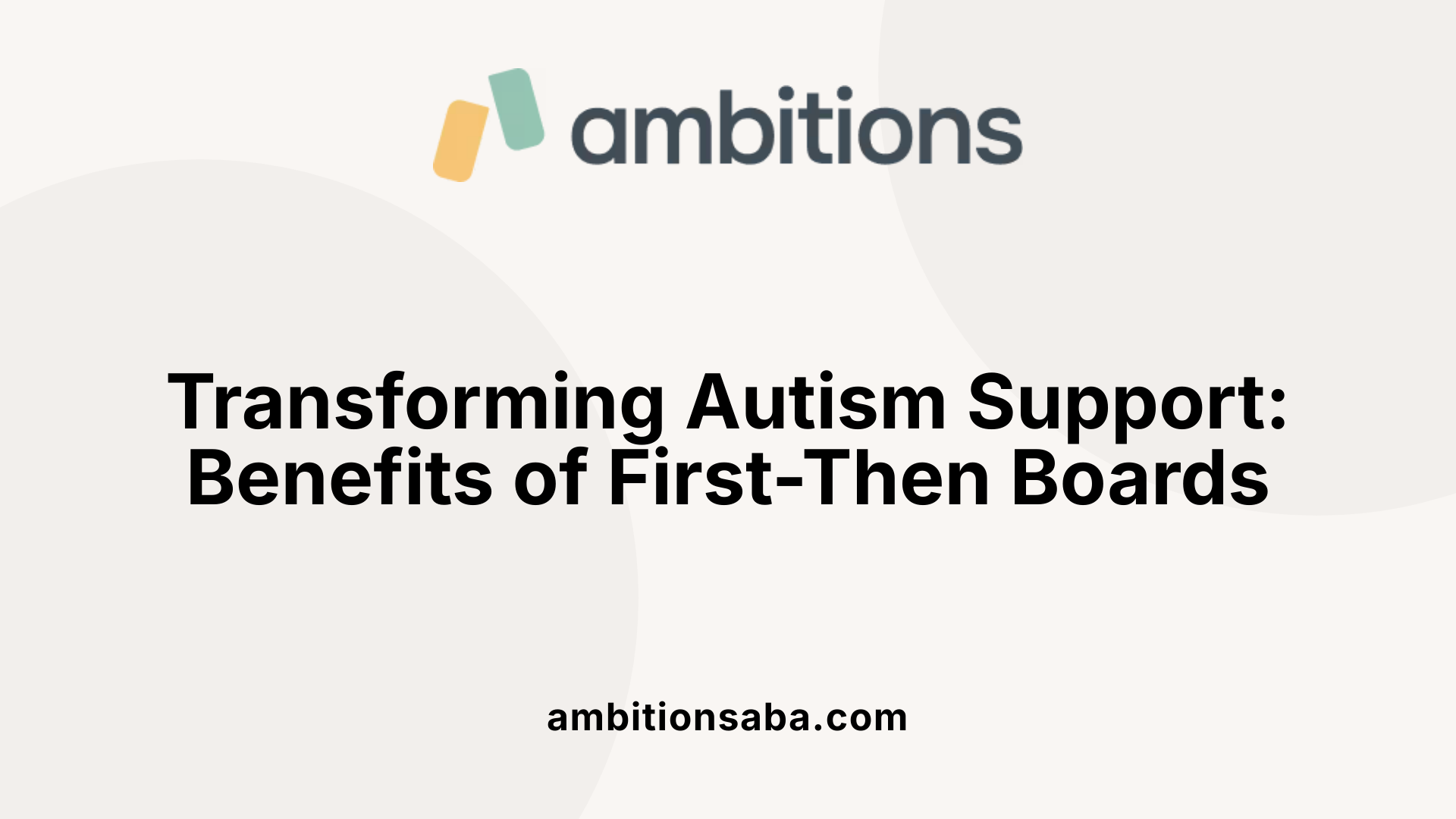
How do first-then boards reduce anxiety and improve compliance?
First-then boards offer children with autism a visual sequence of their activities, which helps clarify what is expected of them. By visually illustrating the order of tasks, these boards provide predictability and a sense of control, reducing uncertainty and related anxiety. When children see a clear picture of what comes next, they are more likely to follow through with activities without resistance.
In what ways do first-then boards increase motivation and engagement?
These visual supports pair non-preferred or less engaging tasks with preferred activities, serving as a motivator. The child is encouraged to complete an initial task with the promise of a favorite activity afterward. This approach taps into the Premack Principle, where more desired activities reinforce the completion of less desired ones. Consequently, children become more engaged and motivated to participate in a variety of tasks.
How do first-then boards support better transitions and independence?
First-then boards help children anticipate upcoming activities, making transitions smoother and more predictable. By clearly showing what will happen next, they reduce resistance during routine changes. Additionally, as children learn to understand and use these visual cues, they develop greater independence in managing daily routines. Over time, this fosters confidence and helps children perform tasks with less adult guidance.
| Benefit | How It Helps | Example Usage |
|---|---|---|
| Reduce Anxiety | Clarifies expectations, creates predictability | Showing a sequence of activities during class change |
| Increase Motivation | Visual pairing of tasks and rewards | Using images for completing homework and getting a break |
| Support Transitions | Visual cues facilitate smooth change from one activity to another | Using a first-then board during daily routines |
| Promote Independence | Encourages self-management and understanding of routines | Teaching children to follow visual schedules at home |
Overall, the use of first-then boards is a proven strategy to create structured, motivating, and supportive environments for children with autism. They enhance understanding, reduce problem behaviors, and build skills necessary for greater independence.
Integrating First-Then Boards into ABA Routines and Beyond
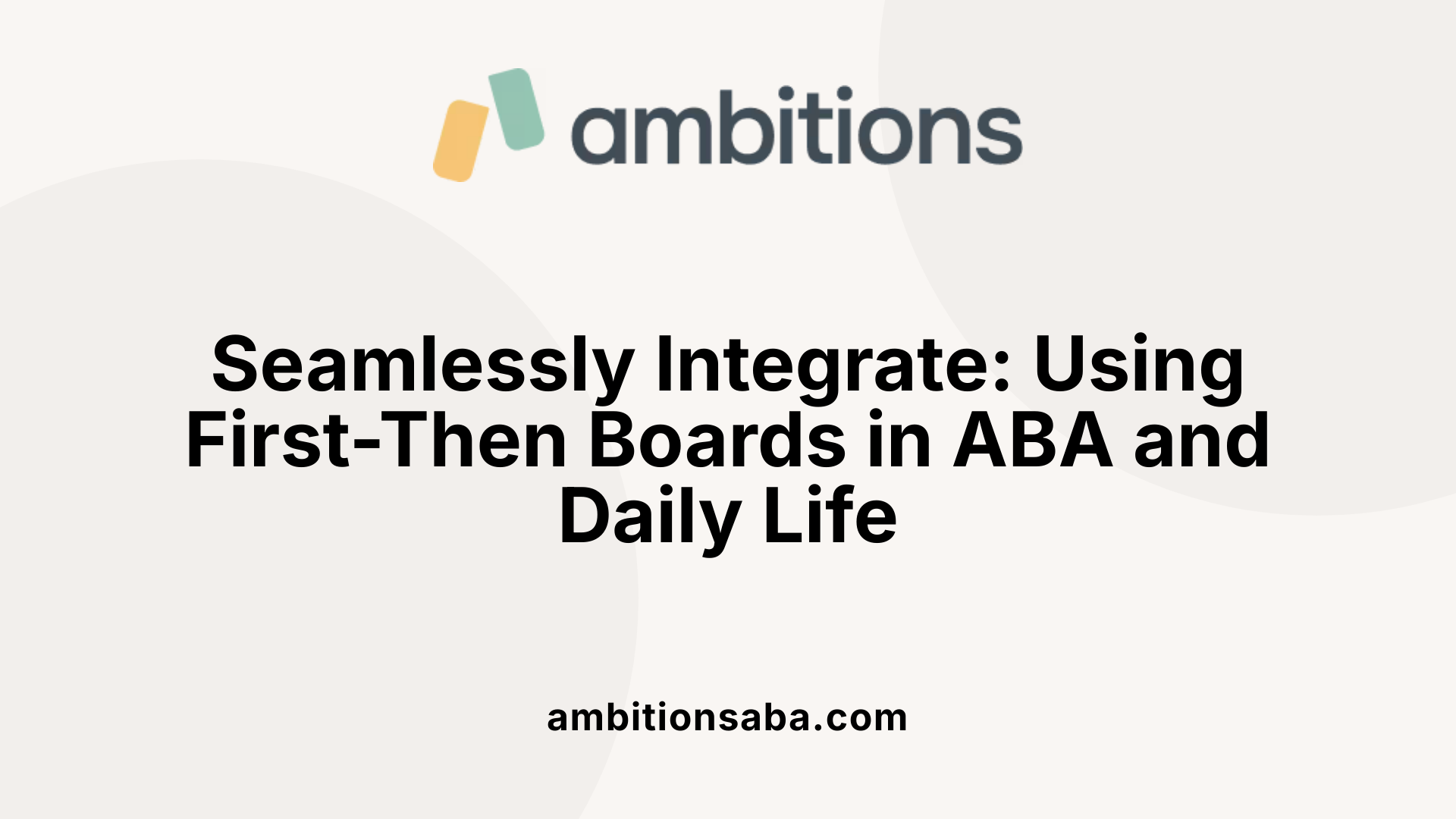
How can educators and therapists integrate first-then boards into ABA routines?
Educators and therapists can effectively incorporate first-then boards into ABA routines by gradually introducing these visual tools and maintaining consistent use. The first step involves tailoring the boards to each child's needs by selecting appropriate pictures, symbols, or words that clearly represent the activities involved.
Once prepared, the boards should be used to explicitly showcase the sequence: engaging the child in less preferred tasks (labeled as "first") followed immediately by more preferred activities (labeled as "then"). This sequence needs to be clearly demonstrated, often by pointing to the icons or visuals and verbally emphasizing the order, such as saying, "First clean up, then play."
During transitions or task completion, the visual support should be readily available and visible. Prompting the child to look at the board confirms what is expected next and provides structure. Importantly, access to the preferred activity should only be granted after the non-preferred task is completed, reinforcing the connection between effort and reward.
Using the boards consistently helps children understand routines and builds independence. As they become more familiar and motivated by the sequence, the reliance on the visual aids can be gradually decreased. The ultimate goal is for the child to internalize the order and complete tasks with minimal prompts, fostering greater autonomy.
In addition, these boards can be used alongside other visual supports like schedules, token systems, and timers to complement learning and behavioral goals. With patience and systematic implementation, first-then boards serve as a powerful tool to enhance compliance, reduce prompts, and promote positive behavior during everyday routines.
Underlying Principles and Resources for First-Then Boards
What principle underlies the effectiveness of first-then charts?
The effectiveness of first-then charts is rooted in the Premack Principle, an established concept in behavioral psychology. This principle suggests that individuals are more inclined to complete a less preferred or low-probability behavior if it is followed by a more preferred activity. Essentially, it leverages a natural motivation by promising access to a highly desired activity after finishing a less attractive task.
Visual supports like first-then boards explicitly illustrate this sequence, making the contingency clear and easier to understand, particularly for children with communication or cognitive challenges. These visual cues help reinforce the connection between the initial task and the rewarding activity to follow.
This approach not only enhances motivation and task completion but also supports the development of behavioral independence. The success of a first-then board depends on the child's current motivation levels and reinforcement value, which can be managed through careful selection of preferred activities as reinforcers. By effectively using the Premack Principle, educators and therapists can foster positive behaviors and smooth transitions.
Are printable resources or examples available for first-then boards?
Yes, there are numerous printable resources and examples available for first-then boards. These resources often include visual templates that can be customized with personal photos, symbols, or text to suit individual needs. Many websites dedicated to special education and behavioral support offer free or low-cost printable first-then boards, allowing parents and teachers to create tailored visual supports.
Some tools also come with editable templates that can be used with software or printed and laminated for repeated use. Additionally, many apps provide digital versions that can be used on iPads or tablets, creating versatile options for different settings.
The availability of printable resources makes it easier for caregivers and professionals to implement first-then strategies consistently. They are especially useful for establishing predictable routines, supporting transitions, and motivating children to complete less preferred activities.
Visual strategies and tools
Visual strategies form the backbone of effective implementation of first-then approaches. These visuals typically include icons, photographs, objects, or written words that depict the activities involved.
- First-then boards: Show the initial activity (non-preferred) and the subsequent preferred activity with symbols or images.
- Visual schedules: Break down daily routines into manageable steps, presenting what to do next.
- Choice boards: Allow children to select from options using images, fostering independence.
- Token boards and timers: Reinforce completion and help with time management.
Tools such as velcro-backed icons, laminated visuals, and digital apps like Proloquo2Go or LAMP Words for Life support communication and understanding.
In all cases, pairing visual aids with simple verbal scripts, such as 'First we ____ then we ____', enhances comprehension. Making these supports accessible and teaching children to use them independently promote more effective use and generalization of skills across environments.
Maximizing Effectiveness and Customization
For optimal outcomes, it is essential to strike a balance between clear visual supports and individualized adaptation. Regularly assessing the child's response and gradually fading reliance on the boards fosters independence. Furthermore, incorporating additional visual supports like timers and social stories can enhance transitions and routine understanding. With proper implementation, first-then boards can significantly support children in early ABA, promoting motivation, independence, and successful participation in daily activities.
References
- [PDF] First-Then Board Tip Sheet
- Teaching with First/Then (Premack Principle) - How to ABA
- First/Then Card - Autism - Texas SPED Support
- First Then Strategies - Lake Ridge Community Support Services
- Visual Schedule Series: First-Then Schedules (Freebie!!)
- Using First/Then Statements to Support Young Children
- [PDF] Using First-Then Boards - Hands TheFamilyHelpNetwork.ca
- Visual Supports for Non-Verbal Children in ABA Therapy
- Difficulty with Transitions? - Achievements ABA Therapy

